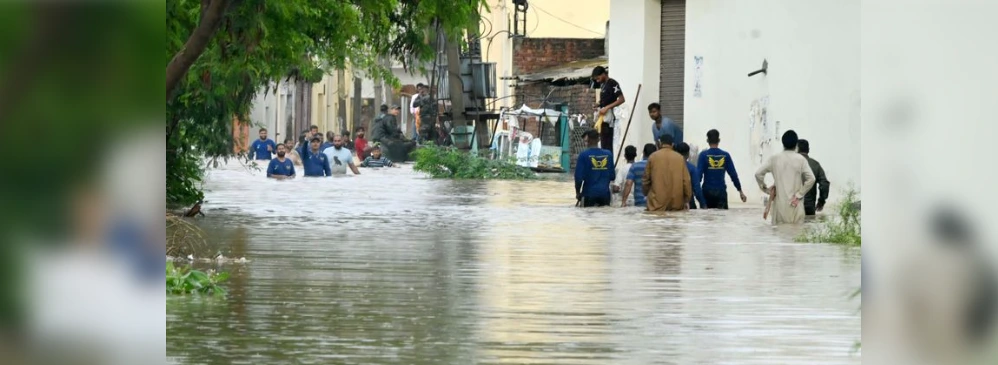Patiala, June 20 — As monsoon clouds gather over Punjab, anxiety deepens in villages lining the Ghaggar river, where the scars of the 2023 floods remain raw. Despite repeated devastation over the years, residents say little has changed to make them feel secure.
“We never feel safe living here,” says Niranjan Singh of Hashampur Mangta, a village ravaged by last year’s deluge. “Leaders come, win polls, and vanish. All promises have been hollow. Floods can ruin our lives anytime during monsoon.”
In villages such as Dharamherhi, Ghanaur, and Sanaur — all located in the Ghaggar’s floodplain — families are already preparing for the worst. Mandeep Kaur, 53, from Dharamherhi, is once again moving her kitchen and food supplies to the first floor of her home. “Every monsoon, we shift upstairs. We store potable water, dry rations, and fodder. It’s become our way of life now,” she says. “No one here believes the government will do anything to tame the Ghaggar.”
Residents recall that the seasonal river, originating from the Shivalik hills, has caused widespread damage in 2010 and again in 2023, in addition to nearly every alternate year since.
Beyond physical destruction, the recurring floods have also led to deep social and economic consequences. “My brother owned 15 acres of land, but it was still difficult to get him married. No one wants to marry their daughters into a flood-hit village,” says Amardeep Singh, a farmer. “Eventually, he married a girl from Gheora — another village familiar with the same fate.”
The 2023 floods not only washed away homes and cattle but also fertile topsoil critical for agriculture. “We had to buy soil last year to prepare our fields for paddy,” said a farmer in Sanaur. “Now, we’re staring at the same danger again, and you can see for yourself — very little has been done to clean the riverbed or reinforce the banks.”
Experts say encroachments and illegal construction have worsened the situation. A former Chief Engineer in the irrigation department explained, “Earlier, the river’s banks stretched nearly 500 metres in some areas, providing a wide passage for excess water. But illegal sheds and deras have narrowed the flow, making flooding more frequent and more destructive. Political interference has prevented strict action.”
Officials in Patiala district say they are working to prevent a repeat of 2023. “We’ve floated tenders and the work to strengthen the riverbanks is underway. It will be completed by the end of this month,” said a district administration spokesperson.
For villagers who’ve lived through years of broken promises and repeated loss, reassurance is no longer enough. As monsoon season nears, so too does the fear — that once again, the Ghaggar will overflow and take everything with it.

